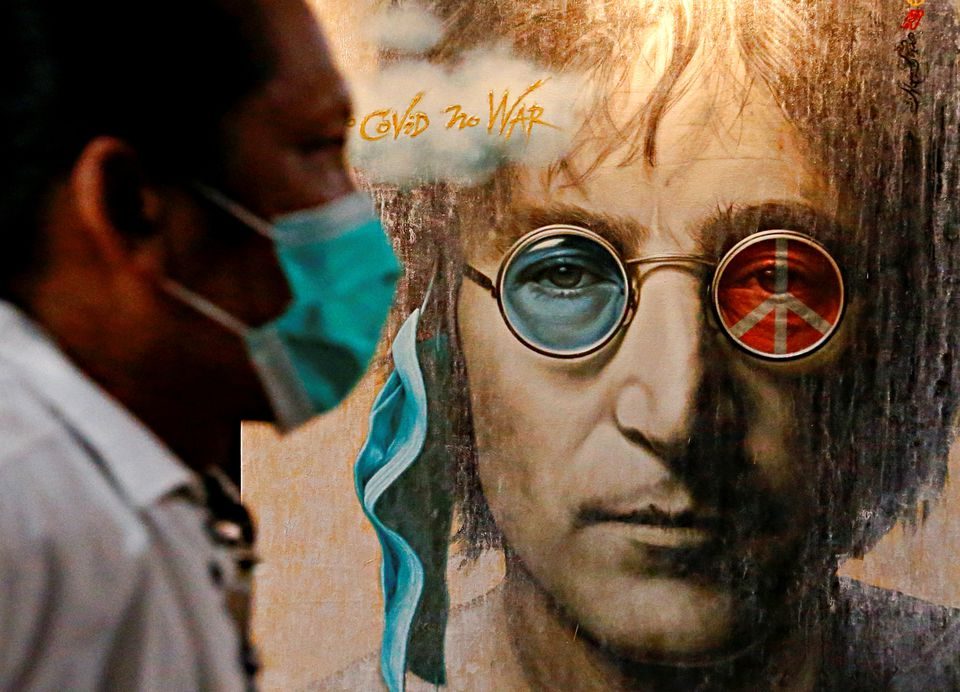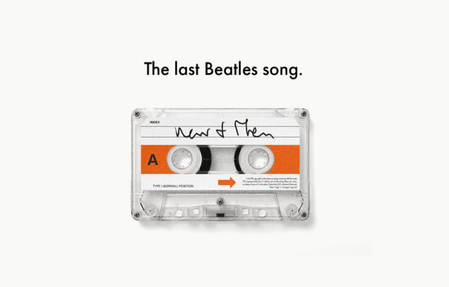SUMMARY
This is AI generated summarization, which may have errors. For context, always refer to the full article.

By now the story of “Now and Then,” the “last” Beatles song, has been told so many times. Critics and amateur reviewers have weighed in, parsing the song to death and giving mixed reviews. Fans, on the other hand, are ecstatic, the older ones confessing to shedding a tear or two upon hearing John’s voice. Best to watch the well-crafted short film Now and Then: The Last Beatles Song on Youtube for the full story on the song’s journey from demo tape to another million-seller for the lads. And Peter Jackson’s music video pulls enough emotional strings to make grown men cry. It’s okay. You can say it. Ang drama ‘nyo, boomers.
I was a year old when The Beatles released their first album Please Please Me. By the time I was 13, The Beatles had broken up. John, Paul, George, and yes, even Ringo had solo albums out. Let It Be, their last album released in 1970, was the first full album I listened to intently (a high school classmate told me, as we were discussing “Across The Universe” with the confidence of pimply, teenaged rock critics, that John’s effortless singing came from smoking cigarettes. It gave him lung power. And I believed it). Let It Be remains a sentimental favorite. But it was the sound of a band disintegrating.
I’ve always wondered how it was to be a teenager when The Beatles were still a band, The Band that conquered the world. I’m sure Beatles fans my age have wondered at the same possibilities. To know that somewhere in the UK, or even India, they were writing songs or creating magic in the studios. And how it must have felt to grab their latest album and hear the songs for the first time, along with millions of fans around the world.
We had that opportunity in 1995 with the release of “Free As a Bird” and “Real Love,” anchored on demos recorded by Lennon in 1977. These were packaged as “new” Beatles songs included in the expansive Anthology albums. Those were giddy times, but the expectations were somewhat tempered by the underwhelming, if not mildly disappointing production work on Lennon’s voice. It wasn’t Jeff Lynne’s fault, although he might have gone overboard a bit with those Electric Light Orchestra touches. The technology just wasn’t up to the task, and “Now and Then” was the most sorry sounding of those three songs recorded by Lennon on cassette. It took several decades and a massive leap in technology to bring Lennon’s voice to a level of goosebumps-inducing clarity.
Lennon wrote “Now and Then” when he was 37. He was no longer the radical, the philosopher, the bitter Beatle with the mean streak who dismissed God as a concept by which we measure our pain. He had eased into the comforts of fatherhood and family. It was during this period, living in New York, that he wrote some of his enduring late period ballads. He drew inspiration from a life of domestic bliss, telling Sean, his son with Yoko Ono, “before you cross the street/take my hand/life is what happens to you while you’re busy making other plans.” In “Grow Old With Me,” another song for Ono, Lennon asks God to bless their love.
Lennon’s genius as a writer of ballads has been often overlooked. Even in his primal scream and social activist periods, he gave us “Oh My Love,” “Love,” and “Jealous Guy,” songs of raw emotion wrapped in simple melodies, sparse songwriting that hides infinite yearning. “Now and Then” falls in that category. Even as a demo, a sketch of a song he never fleshed out, one can feel the intimacy, the honest, even vulnerable, declaration of love and yearning.
Paul McCartney is credited as one of the song’s producers, along with Giles Martin, the son of George Martin, The Beatles’ long-time producer often referred to as the fifth Beatle. McCartney spruced up the song by adding a middle eight, backing vocals, bass, and slide guitar played, he said, in George Harrison’s style. Martin admits that McCartney practically handed him a finished product.
McCartney describes the finished song as a tribute to Lennon and Harrison. But for fans, it was more than a tribute. Call it closure. For McCartney it was perhaps the last time to co-write a song with his longtime songwriting partner. It was a rare opportunity, especially when that partner has been dead since 1980. In its final form, “Now and Then” is also about the bond shared by four guys from Liverpool. It is The Beatles as family.
“Now and Then” isn’t the best ballad they’ve written. But it is a gift to fans, a heartfelt last verse to the closing chapter of the story of the band that changed the world.
Some younger critics and reviewers have approached the song from a clinical standpoint. They don’t get it. A Beatles song is not to be tossed, turned, and dissected. It is to be felt. You listen to a Beatles ballad with your eyes closed. You get goosebumps. You smile. You shed a tear. Our Brew’s Vince Pozon got it right. It’s a generational thing. – Rappler.com
The author is a former journalist and spokesman for former vice president Jejomar Binay. He is a government and political communications consultant. This article was first published in ourbrew.ph.
Add a comment
How does this make you feel?

There are no comments yet. Add your comment to start the conversation.